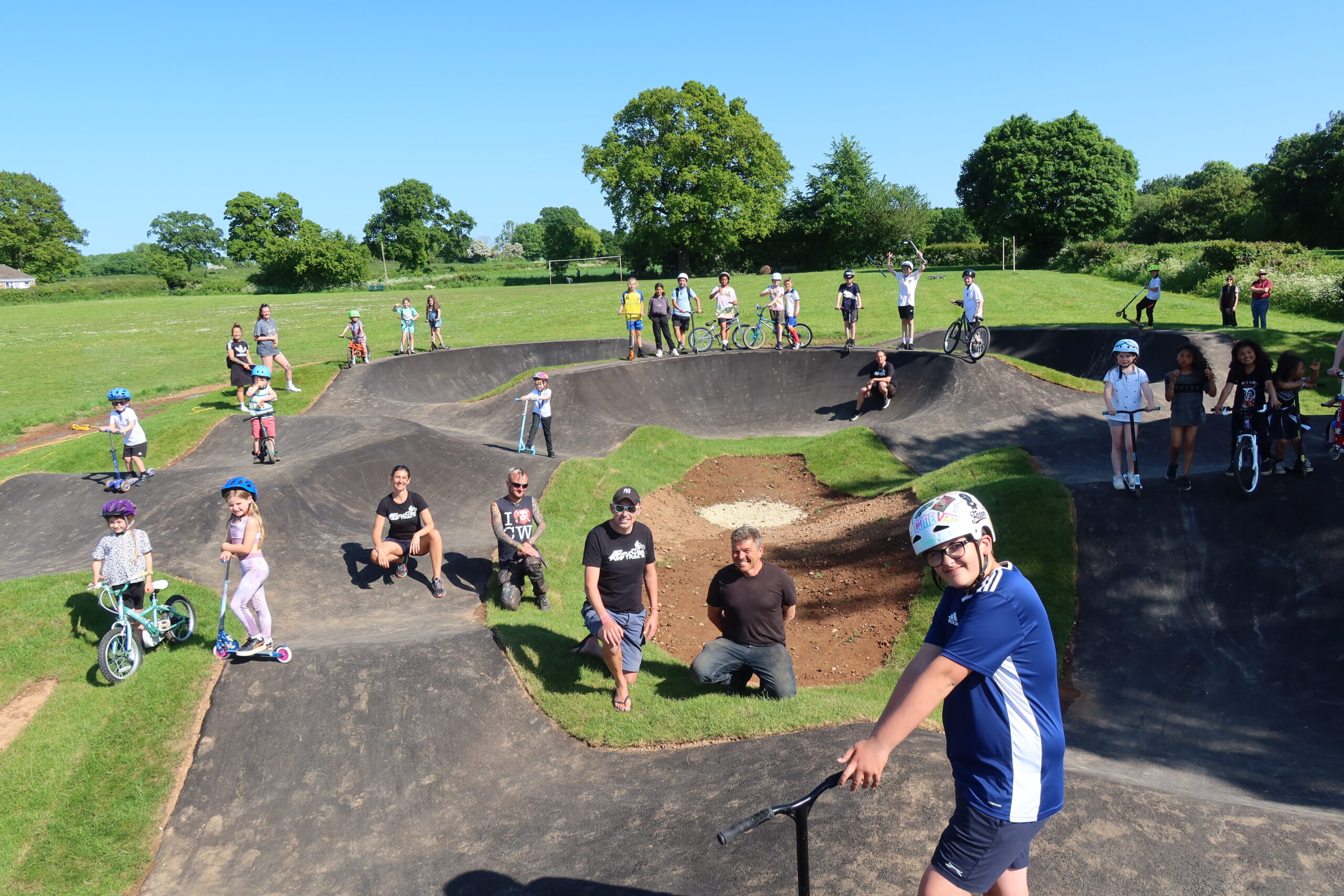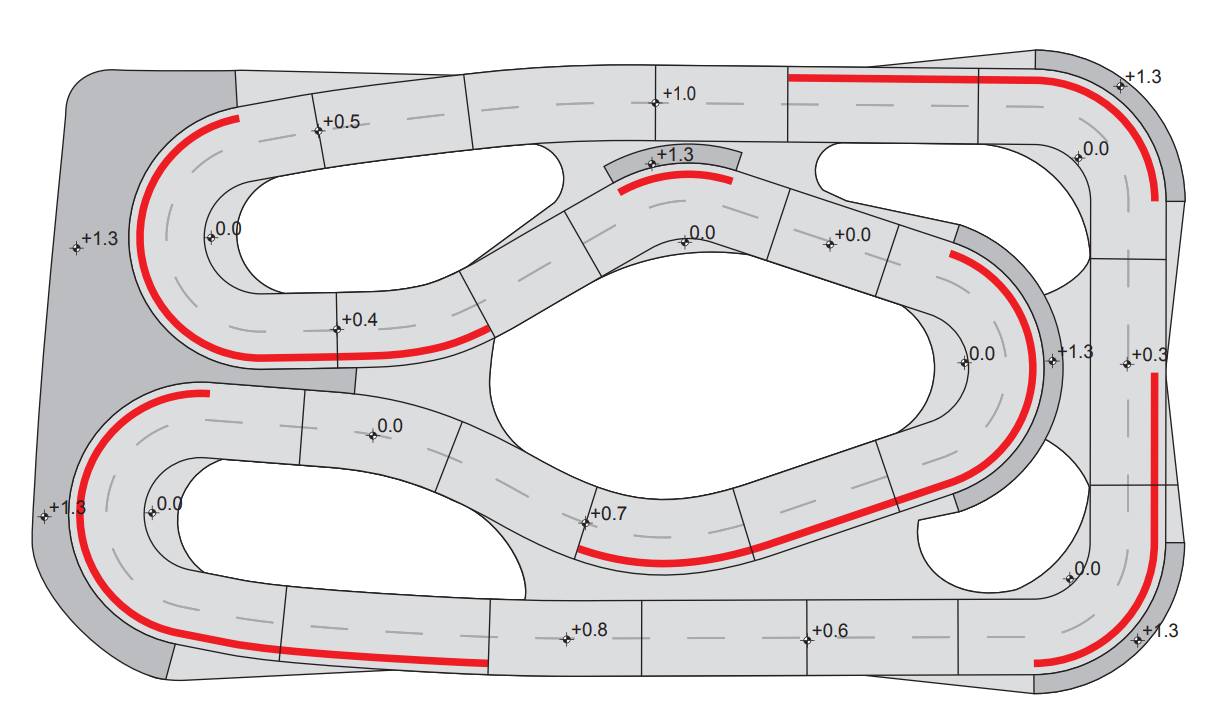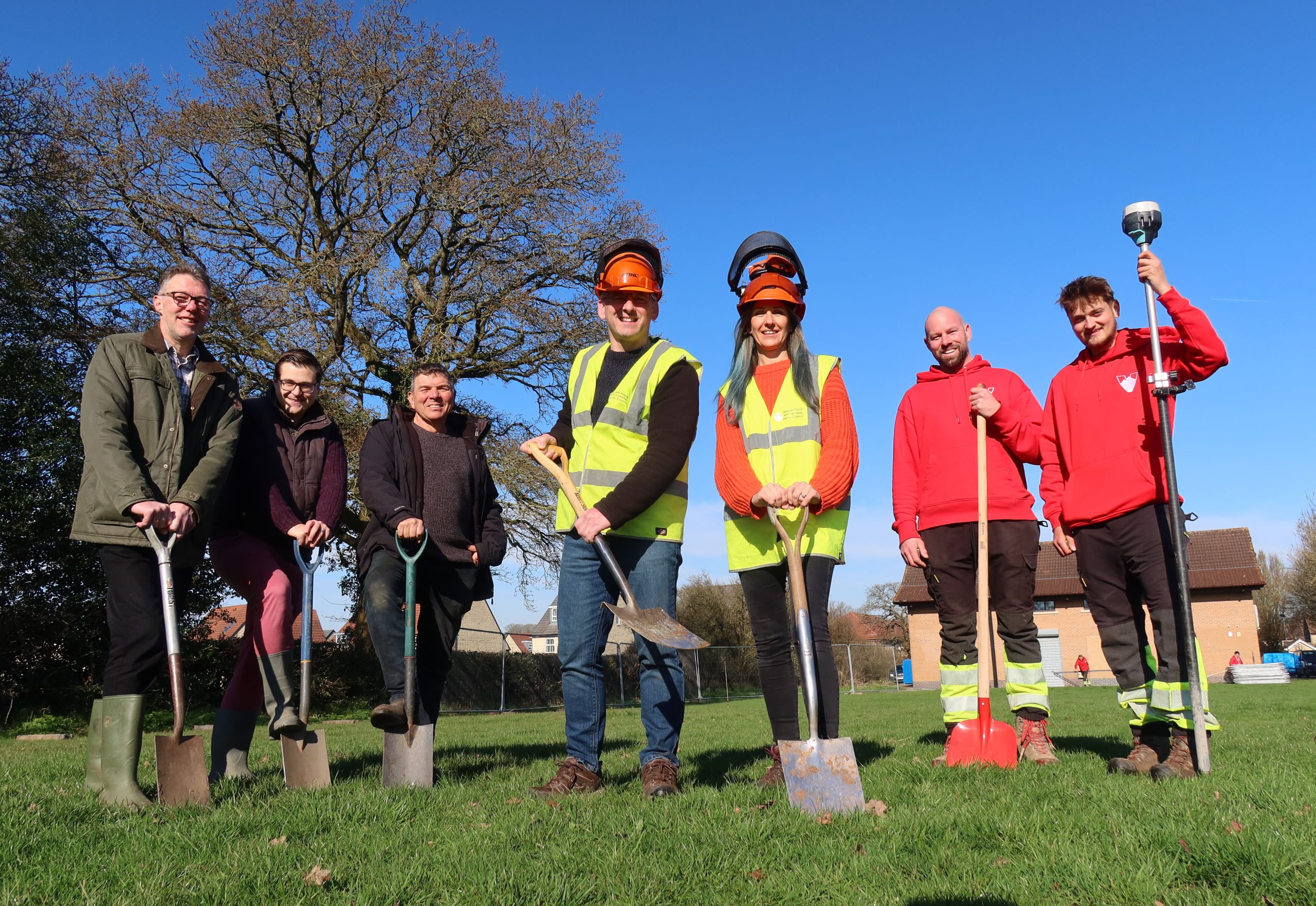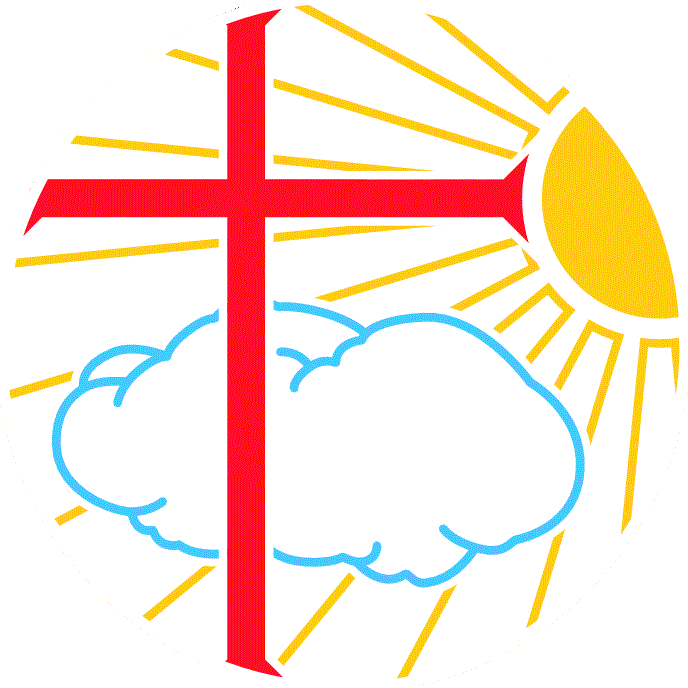Table of Contents
Temple Cloud Mutual Improvement Association
Part One
Mutual improvement societies are neither so well known nor so widely written about as they deserve to be. This history of the Temple Cloud Mutual Improvement Association attempts to redress the balance. Unlike most mechanics’ institutes, mutual improvement societies were of the people not for the people. The movement as such began in London at the end of the Napoleonic Wars and spread to the north of England around 1825. There were however earlier isolated examples. The societies were democratic and usually provided instruction by working men themselves in elementary and sometimes, in other subjects. Political discussion was also a major feature. Mutual improvement societies were set up by early nineteenth‐century radicals, by Owenites, Chartists and secularist groups. From middle of the 19th century there were increasing numbers of nonconformist societies until by around the last quarter of the century almost every chapel in the North and the Midlands had such a group. The chapel societies seem to have been largely radical liberal in nature and by the 1890s individuals and entire societies were turning to socialism. Their decline began around 1900, and like so many Victorian institutions they largely passed away with the coming of the First World War, but Temple Cloud’s was not chapel based and lasted much longer.
It was rather late in the 19th Century when Temple Cloud decided to have a Mutual Improvement Association and it was early in November 1894 that a proper committee was formed, and a set of Rules and Regulations agreed.
The Honorary President was W. Rees-Mogg Esq., with Mr. (later Dr.) T. Martin and Mr Batstone as Vice Presidents. There were two Secretaries Messrs Ford and Cooper, with Mr. E. Pickford as Treasurer.
There were ten Members on the committee: – Charles Stock, Cecil Maggs, Charles Moody, Thomas Kemp, A. Bull, H Bourton, Frederick Carter, Henry Pollett, Alfred Bowditch and James Bennett. All these village worthies were gentlemen who were well respected residents and businessmen.
The Rules and Regulations are listed later but Rule 3 states “The Association is constituted for the purpose of promoting the mental culture of the Members.”
Initially there were about 60 Members rising to about 90 in later years.
Part Two
The initial meeting setting up the Association, was held in the Schoolroom with 45 people in attendance. Subsequently the Court House (also known as the Assembly Rooms and later after about 1929, the Church Hall) was placed at the disposal of the Association for its meeting by Henry Hippisley Esq., through the Revd. W Hippisley.
Miss Catherine Rees Mogg made the generous offer to arrange for and bear the whole expense of cleaning, lighting and heating the Court House and removing the stove to a more suitable place in the room. It need hardly be said that this very kind offer was very cordially accepted with thanks.
So, what did the Association do?
Mr Martin promised to open the active work of the Association at the first meeting proper with a series of first aid lectures under the St. John’s Ambulance Association and the County Council Technical Education Committee and it was agreed that this meeting be held on Thursday, the 15th November 1894, in the Court House at 7;30, There were 28 members at that meeting including six new members, with Mr Batstone in the chair, and they all enjoyed their initiation into the mysteries of the human body and the proper methods of tying bandages.
Not all the minutes of all the meetings have survived. There is no record of the minutes of a meeting held on Thursday, the 7th February 1895. However, it was arranged at an earlier meeting on Monday, 21st January 1895, when a Conversazione was planned for that date. This was in Victorian times a scholarly community social gathering for discussion of literature and the arts or sciences.
Each member was to be given two tickets for the admission of two friends free on that evening. It was hoped there would be an attendance of 140 -150 persons. Admission to be by ticket or invitation only.
The Committee was divided into sub-committees for seating, musical, and refreshment arrangements also a ladies committee was formed, on which Miss Catherine Rees Mogg had kindly promised to preside, to consist of the wife or representative of each of the office bearers and Committee. The Revd Hippisley was asked to preside overall and it was agreed that orders for provisions be given, as far as possible, to members or friends of members. Regrettably no record of the actual Conversazione on the 7th February 1895 exists.
However, there are other minutes of rather less ambitious occasions.
On Thursday, 10th January 1895 the first Musical Evening was held, with Mr. Batstone presiding. It was successful and enjoyable and during the evening 23 pieces (vocal, instrumental, music recitation and reading were rendered being, with one exception, entirely composed of local talent. There were about 120 persons present and general satisfaction was expressed both then and after as to the pleasant nature of the evening, the cold and length of performance excepted! Miss Savory very kindly accompanied nearly all the songs besides opening the performance and a hearty vote of thanks was passed thanking her and others for their kindness.
Part Three
On Thursday 17th January 1895 Doctor Martin presided and two papers were read.
Mr A. G. Ford presented a paper on “Africa”. This included an outline of the physical geography of the dark continent, with some particulars about its animals, minerals, vegetables, forests and human inhabitants, including a few of the more curious facts about each. On what experiences Mr Ford was able to speak about Africa is not known, it may have been due to service in the Army, but in any event to the inhabitants of Temple Cloud it would have been a mysterious place indeed. The second paper was entitled “Town & Country Life” given by Mr W H Cooper, a local but educated man. He compared the advantages and disadvantages of living in the Town and Country respectively, showing that the Town gave greater scope especially as regards learning and labour, whilst the Country had beauties which the Town lacked, and which went far to counterbalance the extra attractions of the Town. A hearty vote of thanks was passed on the motion of Doctor Martin to the essayists for their papers. Travel to the nearest big town/city of Bristol was comparatively easy due to the railway stations at Clutton and Hallatrow but whether Temple Cloud’s inhabitants were frequent travellers is not recorded.
On the following Thursday, 24th January 1895 the meeting was presided over again by Doctor Martin. He introduced the Revd. W. Hippisley who gave a lecture on Electricity. The evening proved very enjoyable and practical. The different parts of the telephone, telegraph, microphone and electric battery being exhibited and explained and the many present had the pleasure of a hearing a fly walk (on what or how is not recorded) and a watch tick in the distance. All present were able to feel in a very conclusive manner the power of electricity. A very hearty vote of thanks was on the motion of Doctor Martin passed to Revd. Hippisley for his lecture and for the trouble taken in bringing and exhibiting the instruments.
It was of course going to be many years before the majority of the villagers were to have mains electricity in their homes. However, the telegraph was by then available soon to be followed by the village telephone exchange sited in Woodfield House. Doctor Martin had the telephone number Temple Cloud 5, still reflected in the 21st Century number for the Surgery and probably still using the same wires! However, it is said that the Hippisleys had their own telephone link between Cameley and Ston Easton back in the 19th Century.
On 14th February 1895, Mr A G Ford presided over a meeting when four papers were presented.
Mr A. Free gave an interesting account of the horse and its history, the development of the breeds of the English race and heavy horses by the introduction of choice breeds from Spain and Arabia. He commented on the evils of betting on horse racing and advised on the most useful horses for all work.
Mr. H. Pollett gave an instructive paper on Poultry, the various breeds, their points and crosses, with useful hints on the management and breeding of Poultry.
Mr. Bowditch gave a useful essay on Temperance, with statistics in respect of the consumption of alcohol, its evil effects and the good effects of strict Temperance.
Finally, that evening Mr C. Maggs read a paper on Football, its popularity and its good in physical development.
By this time, 1895, Temple Cloud Football Club had come into being and football was probably the main sporting activity for the young men of the village in the winter months.
To be continued.
- Posted: 3rd September 2018






